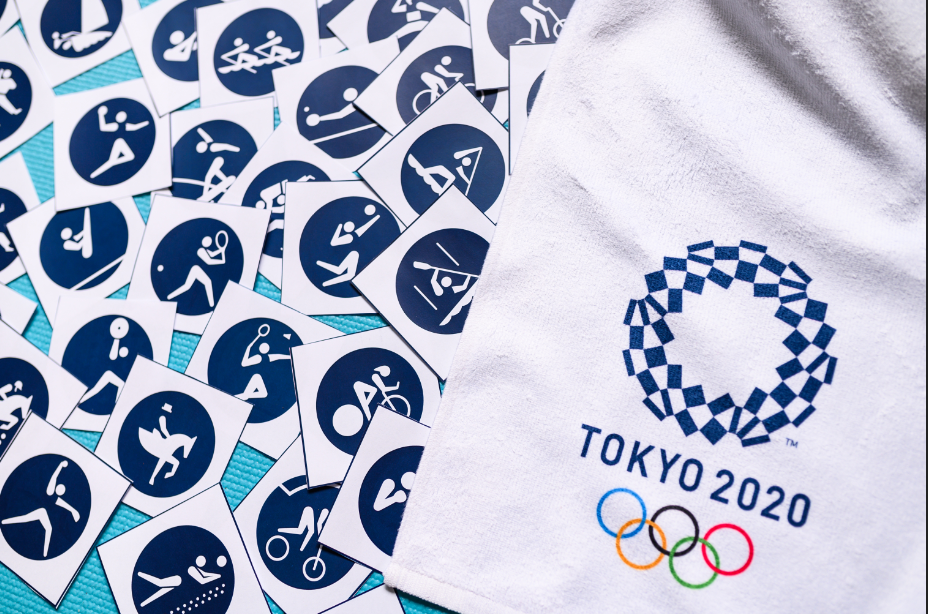PART A_1
We will read aloud the words below. Please repeat after me. I will check your pronunciation.
単語を音読します。講師に続いて読みましょう。講師は発音を確認します。
(Please send the mispronounced words and expressions to your student.)
PART A_2
| all kinds of | 多数の |
| take ~, for example | ~を例にとる |
| memorable |
印象的な
|
| ever since | ~以来ずっと |
| from ~ parts of | ~のあらゆる部分から |
PART A_3
Now, let’s review some words from part A_2.
ではいくつかの単語を復習してみましょう。
(Please review the mispronounced words and expressions from part A_2.)
PART A_4
PART A_5
Now, please look at the picture below. Give three actions that you see in the picture.
以下の写真を見てください。3人の人物が何をしているか描写してみましょう。

PART A_6
| 1. | |
| 2. | |
| 3. |
PART A_7
Now, let’s review your answers.
では、あなたの答えを復習してみましょう。その後、修正したあなたの答えを読んでみましょう。
(Please review your student’s answers by sending the correct answers in complete sentences. After that, ask your student to read aloud his or her corrected answers.)
PART A_8
PART B_1
You will read aloud the passage below. I will check your pronunciation and intonation.
文章を読みます。講師が発音、イントネーションについて確認します。
(Please send the mispronounced words and expressions to your student.)
PART B_2
Pictograms

Pictograms are part of our day to day living. They are everywhere, and we could know all kinds of helpful information from them. Aside from making your data look nice, pictograms can even make the data presented memorable. But who do you think created them? How long have they been useful to us?
The very first pictograms were written on caves and stones about 18,000 years ago. People used them to document events and other information. As years passed, they became writing systems like hieroglyphs in ancient Egypt and Chinese characters.
Today, pictograms are becoming more and more valuable as our world develops. They are very beneficial in areas where people from other parts of the globe gather. Take the Olympic games, for example. Pictograms are helpful because people can understand them easily. People use them for indicating sports events as well as facilities like restaurants and restrooms. Moreover, we can also see pictograms in public places such as train stations and shopping malls.
PART B_3
Now, let’s review some words and sentences from part B_2.
ではいくつかの単語、文章を復習してみましょう。
(Please review the mispronounced words and sentences from part B_2.)
PART B_4
PART B_5
I will ask the following questions. Please answer based on the passage. I will check if your sentences are complete and if the grammar is correct.
講師が以下の質問をします。読んだ内容をもとに答えましょう。講師は文法と完全な文章で答えられているかを確認します。
PART B_6
| 1. | Why are pictograms helpful to people? |
| Answer: | |
| 2. | Why were pictograms used a long time ago? |
| Answer: | |
| 3. | As years passed, pictograms became what? |
| Answer: | |
PART B_7
Now, let’s review your answers.
では、あなたの答えを復習してみましょう。その後、修正したあなたの答えを読んでみましょう。
(Please review your student’s answers by sending the correct answers in complete sentences. After that, ask your student to read aloud his or her corrected answers.)
PART B_8
PART C_1
Please choose a word to complete each sentence. Then, read aloud the sentences.
言葉を選んで文章を完成させましょう。そのあと音読しましょう。
PART C_2
all kinds of
memorable
ever since ~
| 1. | She’s wanted to be a nurse________ she was a young girl. |
| 2. | Our travel to Europe was truly________. |
| 3. | When you travel, you will meet________interesting people. |
PART C_3
Now, let’s review your answers.
では、あなたの答えを復習してみましょう。その後、修正したあなたの答えを読んでみましょう。
(Please review your student’s answers by sending the correct answers in complete sentences. After that, ask your student to read aloud his or her corrected answers.)
PART C_4
PART D_1
Please answer the following question by telling your opinion with at least two reasons. I will check if your sentences are complete and if the grammar is correct.
講師が質問しますのであなたの意見を理由を2つ添えて答えてみましょう。講師は文法と完全な文章であるかを確認します。
PART D_2
| 1. | Are pictograms helpful to you? When? | |
| Answer: | . | |
| 2. | Do you think pictograms are still useful in the future? | |
| Answer: | . | |
| 3. | Do you think it’s better to use pictograms in the airport? | |
| Answer: | . | |
| 4. | Why do you think people used pictograms a long time ago? | |
| Answer: | . |
PART D_3
Now, let’s review your answers.
では、あなたの答えを復習してみましょう。その後、修正したあなたの答えを読んでみましょう。
(Please review your student’s answers by sending the correct answers in complete sentences. After that, ask your student to read aloud his or her corrected answers.)
PART D_4
PART E_1
Let’s do a free talk about the following topic.
以下のトピックに関するフリートークをしましょう。
(Please do a free talk if you have time left.)
PART E_2
What pictograms do you see around you?
PART E_3